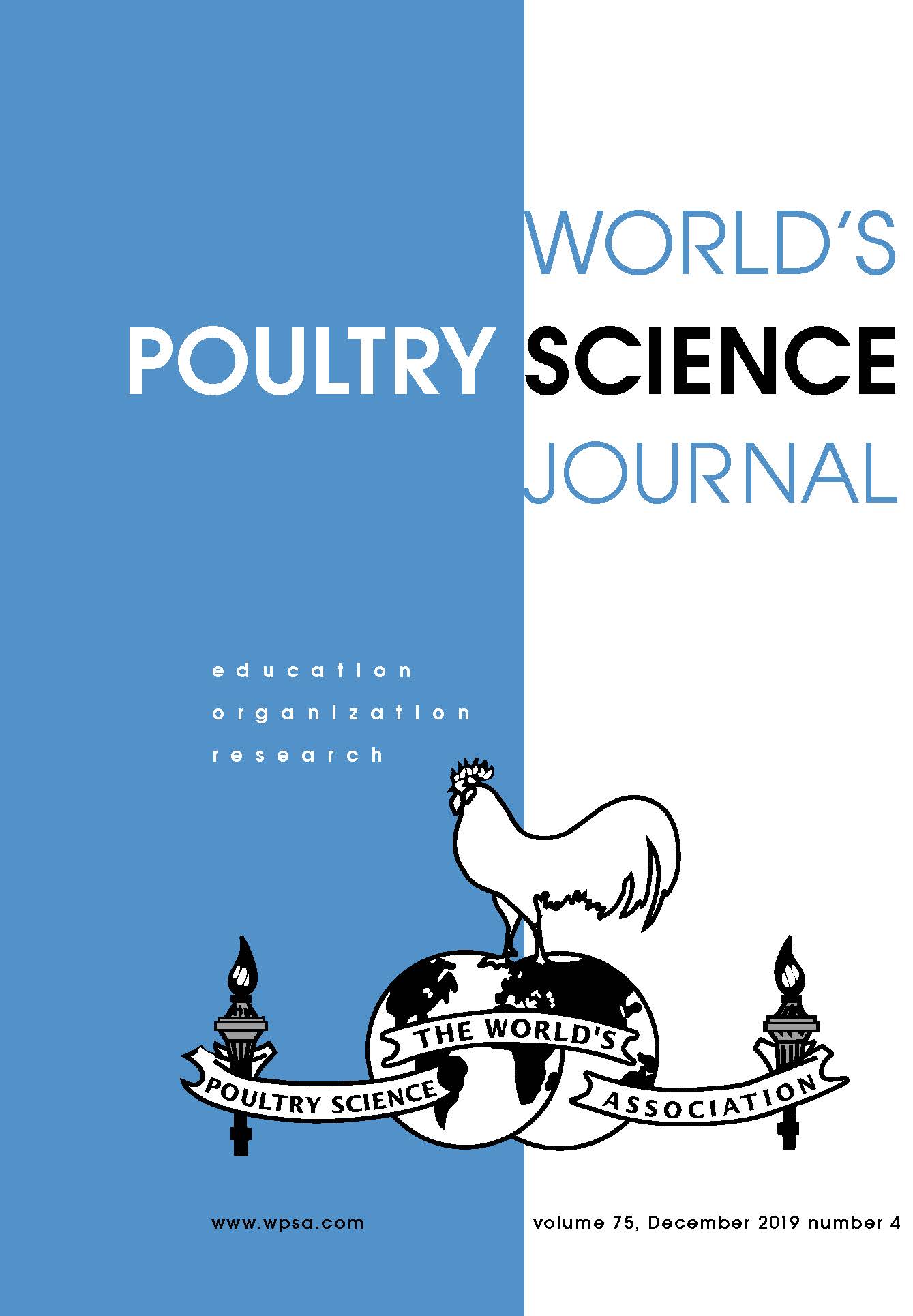Article contents
Tibial dyschondroplasia – tools, new insights and future prospects
Published online by Cambridge University Press: 18 September 2007
Abstract
Tibial Dyschondroplasia (TD) is one of the most prevalent skeletal abnormalities observed in avian species; it causes enormous economic losses and is a major animal welfare problem. It is characterized by lesions composed of uncalcified, unvascularized cartilage that can extend from the epiphyseal growth plate into the metaphysis. The disease development and progress have been attributed to dietary, environmental and genetic factors. Irregular cell differentiation of the chondrocytes that populate the growth plate, with consequently aberrant cartilage vascularization and mineralization, has been hypothesized to be involved in the etiology of the disease.
Various tools available for the study of TD are described in the present review, and their advantages and limitations are discussed. We describe the morphology of the growth plate, with especial emphasis on the differences between the mammalian and the avian ones. We highlight vascularization as a possible cause of TD, and suggest that matrix metalloproteinases (MMPs) play an important role in cartilage vascularization and TD development. The disparity between broilers and turkeys MMPs suggests that they differ in their regulation of vascularization, so that different strategies may be required in dealing with TD in broilers and in turkeys. The high body mass of the modern meat-type birds has been implicated in the development of TD. A model was established to evaluate the effect of mechanical loading on the bones of young chickens, without any dietary manipulations: increased loading caused enhanced vascularization of the growth plate together with increased MMP-9 expression, without any changes in the incidence of TD, which suggests that the increased loading is not in itself the cause of TD.
At present, the cause of TD is not known, but multidisciplinary research at various levels such as a genomic approach based on microarray technology and the chicken genome project, together with cell and organ culture methodology, genetic selection, nutritional manipulation and environmental approaches will provide us with better understanding of the molecular mechanisms underlying TD, and should pave the way for future reduction in its incidence.
- Type
- Reviews
- Information
- Copyright
- Copyright © Cambridge University Press 2005
References
- 40
- Cited by




